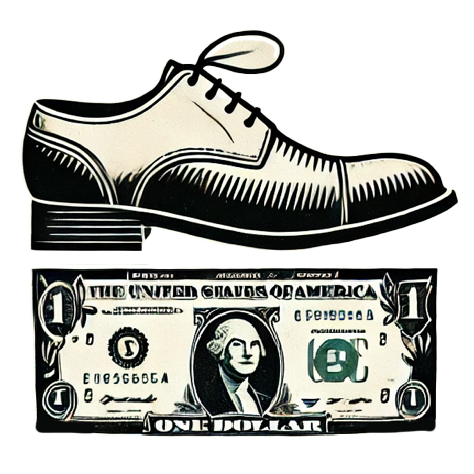As the 2025 tax season approaches, the viability of the IRS’s free filing initiative, Direct File, hangs by a thread. Funded by the Inflation Reduction Act of 2022, this program was a beacon of hope for many taxpayers, seeking to alleviate the financial burden of tax preparation. Yet, relentless funding cuts and scrutiny from the Trump administration have cast doubt on its future. What began as a promising pilot project, with ambitions to help over 30 million taxpayers in 25 states, is now facing an existential crisis. The political environment has shifted the landscape, with Republican lawmakers introducing legislation aimed at dismantling what they deem an unnecessary expenditure.
Political Motivations and Financial Implications
At the core of the opposition lies a complex web of political motivations. Critics within the GOP question the program’s cost-effectiveness and user engagement, providing fuel to those keen on slashing government spending. The key figures in these debates around Direct File, like Senate Finance Committee Ranking Member Ron Wyden, argue passionately for its benefits. Wyden has been vocal in asserting that no taxpayer should be subjected to exorbitant fees simply to fulfill their civic duty of filing taxes. His points resonate, particularly when framed against a backdrop of financial hardship experienced by many Americans. However, the number of individuals who actively utilized Direct File remains low, drawing attention away from its potential benefits.
The statistics tell a troubling tale; during its inaugural pilot phase, only about 141,000 out of over 423,000 account holders opted to file their taxes through Direct File. This translates to a dismal participation rate of approximately 33%—a red flag for a program meant to serve millions. Detractors emphasize this poor adoption rate as indicative of a flawed framework, questioning the government’s ability to efficiently manage taxpayer needs. If the goal was to bypass middlemen and save taxpayers money, the outcome appears to fall short of expectations, providing fodder for critics to argue the program’s demise.
Treasury’s Pledge and Uncertain Future
In a somewhat reassuring hearing earlier this year, Treasury Secretary Scott Bessent maintained a commitment to the program for the 2025 season. His vacillation on longer-term plans, however, raises eyebrows. It is as if Bessent is straddling the fence, unsure of the program’s overall direction. For taxpayers looking for clarity, this indecision is disheartening. The absence of a definitive long-term strategy risks creating an environment where the program flounders, eroding taxpayer confidence. Privacy, customer service, and collection efficiency—these remain vital issues that must be tackled if Direct File seeks to reclaim its rightful position amid the government’s array of taxpayer services.
As taxpayers await more information, there’s a growing concern about the loss of this program altogether, especially given that alternate options, such as IRS Free File, continue to operate. For many, those alternatives may not provide the same level of accessibility or cost reduction envisioned in the Direct File initiative.
Public Sentiment and the Stakes Ahead
The stakes could not be higher. With over 30 million taxpayers potentially affected, the outcry from supporters of Direct File is likely to intensify. More than 130 Democrats, led by prominent influencers like Senators Elizabeth Warren and Chris Coons, have rallied behind the initiative, framing it as a progressive move towards government transparency and efficiency in tax collection. The potential for this initiative to evolve into a broader discussion about taxpayer rights and governmental responsibility cannot be overstated.
As the political landscape grows more contentious, lawmakers need to reacquaint themselves with the taxpayers they serve. The looming cuts to the Direct File program present an unnecessary obstacle for citizens navigating their tax responsibilities. With opinions sharply divided along political lines, finding a solution that serves everyone—while clamping down on useless expenditure—is paramount. As this drama unfolds in real-time, the American taxpayer watches, hoping for a reasonable resolution.

